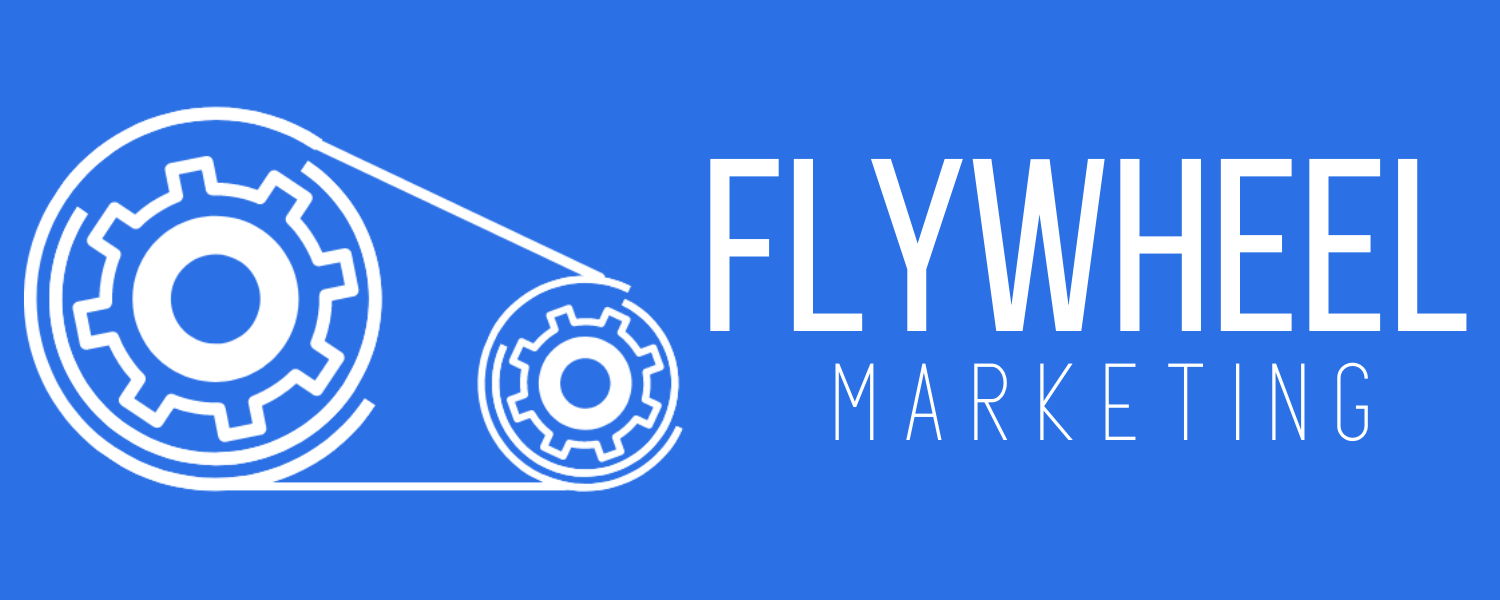Part 1: Deep Dive Into Meta Insights
At the close of every year, it’s important to complete an assessment of your social media strategy and the analytics that reflect how well your message has been received. Do you have to do this? No, you do not. If you are interested in knowing how well your social media is working for you, the report is necessary because it provides valuable information to you.
Social media reports track key performance indicators and analytics so you can see what content is reaching your audience and landing purposefully to create new customers or followers, whichever is the goal. One thing we love about Meta (Facebook and Instagram) is that it provides a fairly easy way to see your insights and analytics for free. It’s relatively simple to do, and it’s something that you should look at throughout the year.
We are working on a two-part blog post so be sure to come back for the next blog in a week. This blog post is a deeper dive into using Meta Business Suite Insights to assess your performance on Facebook and Instagram. The next part will show you how to compile this information in a report on how your social media performed in 2023.
Analytics are helpful to understand if you spend any amount of time producing content. Why? Because time is a precious commodity, and using it wisely is essential when it comes to running a small business. It’s imperative to know if your content is landing and sticking or not.
For Facebook and Instagram, the Meta Business Suite is the most comprehensive place for social media analytics. Inside the Meta Business Suite, click on the left bank of icons “Insights.” The first screen that pops up will be a “week in review” providing a glance at insights from the past week. Click out of this or click “View All Insights” to see more information.
This snapshot is helpful, but it’s not the whole picture. The first thing to notice is the date range at the top of the Insights page. You can set that date range to whatever you want. For a year review, set the date range to 01/01/2023-12/31/2023 or whatever day you complete this exercise.
For the year you will see overall Facebook reach, Instagram reach, and paid reach. Our client does not currently do any paid reach (despite what Meta makes people think, you don’t have to), and so our example number is zero. Here are points to notice:
Notice numbers that are going up or down significantly.
Notice the suggestions for growing reach. (Advertisements will always be a suggestion.)
Notice suggestions about types of posts – timeline posts versus stories.
Now scroll slightly down to Audience. You will find lots of valuable information here.
Click on the audience report for more detailed information.
Page likes are presented for Facebook and Instagram.
The audience report shows the percentage of men or women followers, the percentage of age ranges for followers, and the cities where most people follow.
Scroll just a bit more and see the main countries.
Return to the main Insights page and you will see “Content Overview.” This page is helpful because it contains specific tabs across the top to show you analytics on types of posts. In both Facebook and Instagram there are timeline posts and stories. Each type of post helps with engagement and reach.
An important point to note is that every timeline post should be shared to stories. Many users check stories before anything else, and sometimes checking stories is all they have time to do. As s result, many followers could miss your latest post completely. This particular point takes time for some small businesses to learn; however, if you pay attention to the way you use social media, notice where you look first. Is it your timeline or the stories buttons? Even if you typically prefer timeline posts, keep in mind that your audience may be heading to stories first. Try it out and see where your posts get more traction.
On this page, you will also find your top-performing organic posts. Across multiple small business accounts, we find that top-performing organic posts almost always involve tagging other businesses for various reasons. Keep that in mind as you find ways to network and grow your business.
What does all of this mean?
All of this information is data to drive future decisions and create new content. Which posts performed well? Create more of those. Which posts did not perform well? Try to understand why those posts don’t perform well and make changes or move on and produce different content. It can be surprising what does well and what does not. Use this information as a tool to create better content and engage with your audience to grow your business organically.
Make sense of Insights
At Flywheel Marketing, we work with clients to find solutions that grow their business organically. Our goal is to help you navigate social media and your online presence overall so that it’s not overwhelming. We partner with small businesses to create content that resonates with their audience and to pivot when necessary. We would love to work with you.
Be sure to check back in next week for our second post on this topic as we show you how to create a stellar social media report using information from Meta Business Suite.
